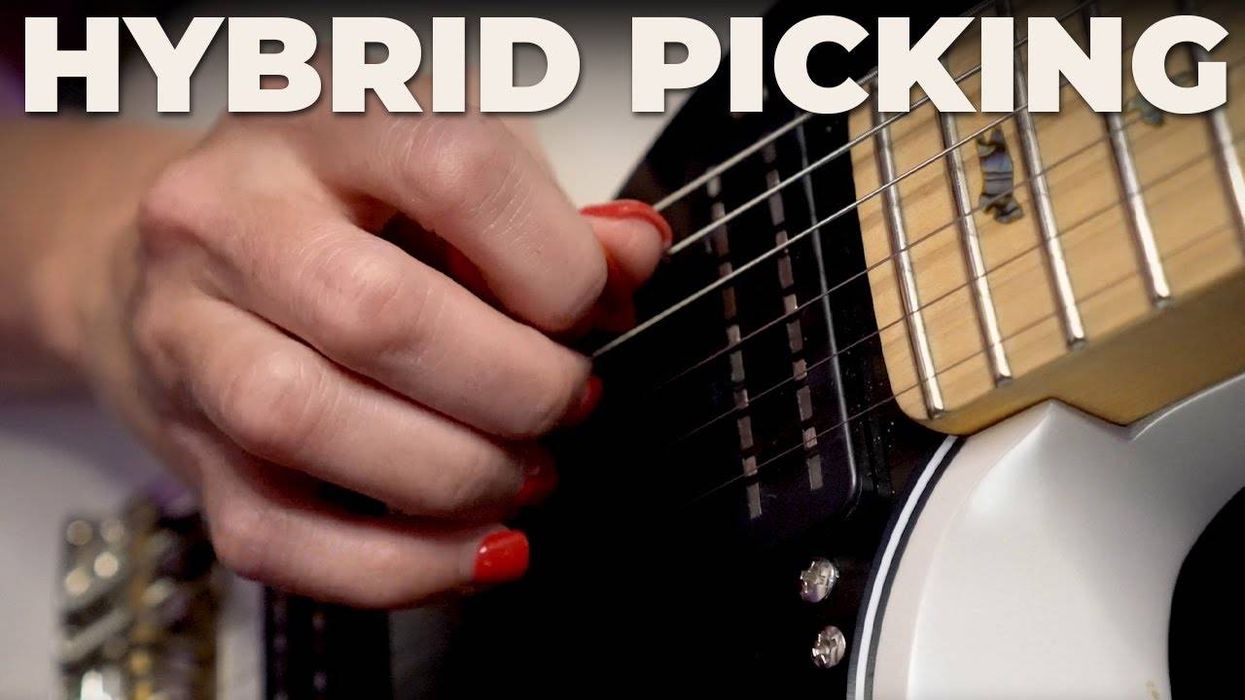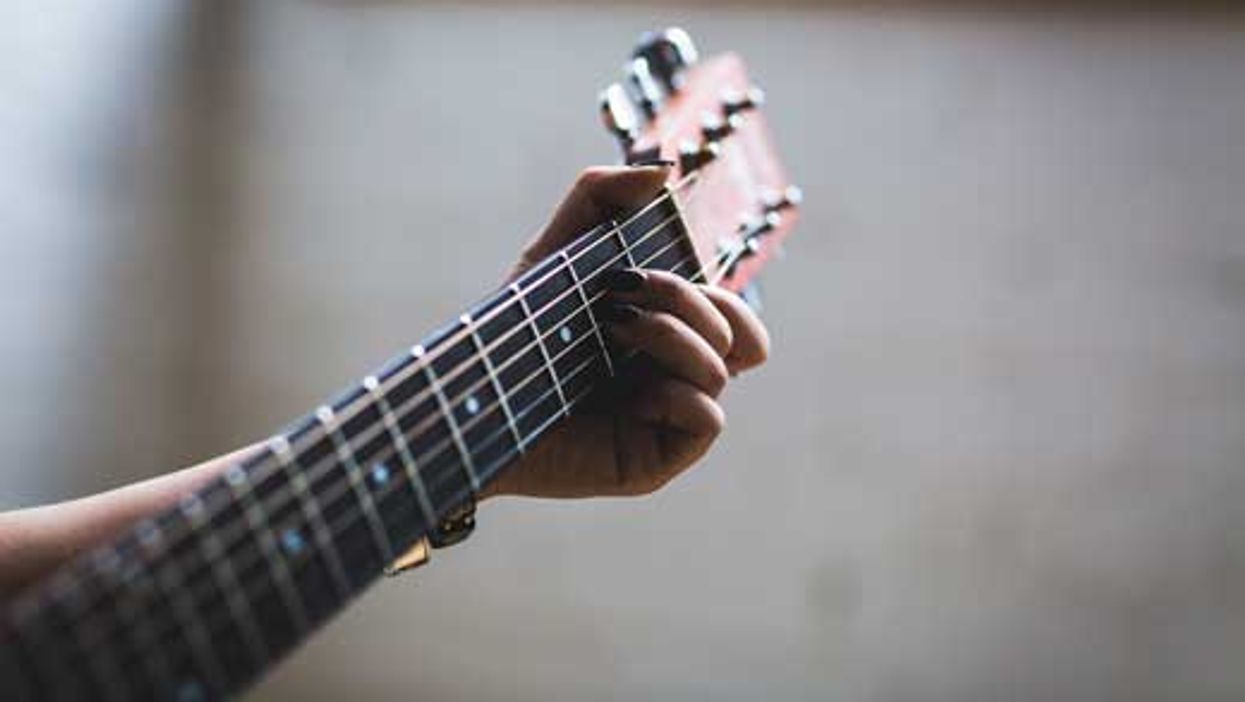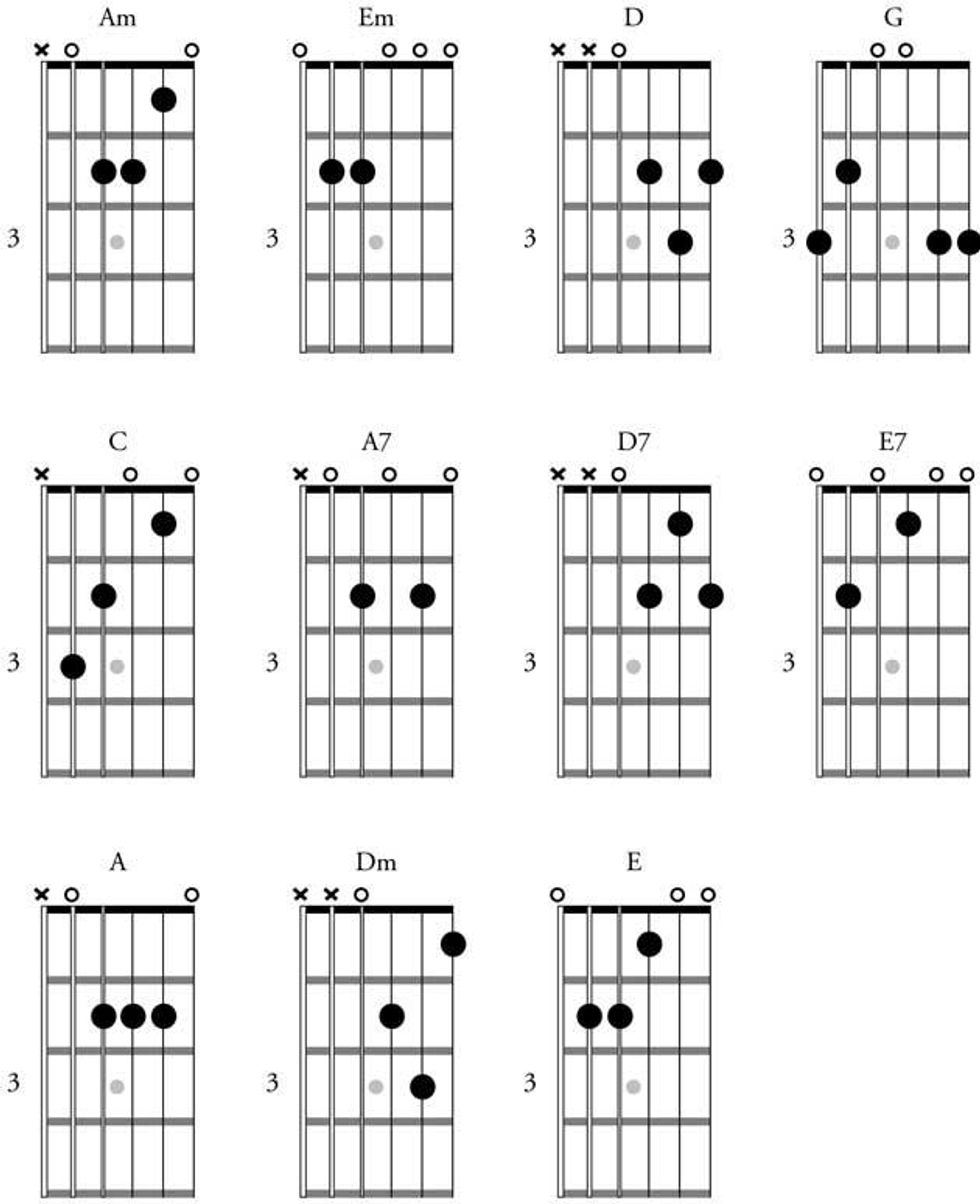Chops: Intermediate
Theory: Beginner
Lesson Overview:
• Learn about the rich musical history of India.
• Develop new ways to play arpeggios across the fretboard.
• Understand how to connect octave shapes.
Click here to download a printable PDF of this lesson's notation.
This column is about exploring cultures and traditions from around the world and applying new ideas to shred guitar technique, so this time let’s turn to the great Hindustani Indian musicians for inspiration. India has one of the oldest and most developed musical traditions in the world. Musicians begin studying at a young age and are put through rigorous training to achieve prodigious results. While we aren’t going to delve into any actual Indian music, I’ll break down one series of exercises that’s performed by advancing Indian musicians. If you keep an open mind, these exercises will help you see the fretboard in new ways.
I was fortunate enough to study Indian music under Rajeev Taranath, a sarod guru, and play in a few ensembles. I studied ragas (melodic and improvisational compositions that are modal in character and often, like melodic minor, have an ascending and descending version of the scale), sargam (similar to solfege), and a South Indian rhythmic system called solkattu, which has a spoken component called konnakol. I studied the traditional Hindustani Indian music notation system and arranged many of their exercises and pieces in Western notation. And it’s one of these exercises I’ll share here—a study of intervals. Regardless of what musical style or genre you play, this exercise will give you incredible mastery of the fretboard.
Due to the raga system, arpeggios are quite different in India. Unlike Western music, traditional Indian music isn’t based on chord progressions, so musicians perform melodies over a tanpura drone. They often superimpose harmony over the drone or explore intriguing intervallic ideas.
As I mentioned, these exercises are transcribed from Indian notation and were designed for an instrumentalists to explore the full range of their instruments. These examples come from the third part of a sapāt, a series of exercises that begin each practice session. The exercises here use the A major scale (A–B–C#–D–E–F#–G#), but once you have achieved a decent level of understanding and speed, you should try it with other modes and in other keys.
Ex. 1 takes you through the key of A major playing every note in the scale in four octaves, ascending and descending. I suggest playing these notes in pairs, using your first and fourth fretting fingers to outline the shape of each octave. This is a great way to visualize the neck, see roots, and make connections in different positions.
Click here for Ex. 1
Ex. 2 adds an additional note between each octave giving you a root-5 pattern (almost like moving power chords up the neck). Notice that when descending, you play fourths since the inverse of a fifth is a fourth. As you play the fifths, again use two fingers, but this time fret each octave note with the first finger as you work your way up. When descending, try to barre two notes at a time. Roll your barre finger, so the notes don’t ring out.
Click here for Ex. 2
We reverse the idea of Ex. 2 for Ex. 3. Here, we ascend in fourths and descend in fifths. Instead of moving the pattern up stepwise, as in the previous examples, it moves in leaps of diatonic fourths: A–D–G#–C#, etc. Play the ascending fourths as barred pairs, but descending fifths as moveable power chords.
Click here for Ex. 3
For rhythmic variety, let’s use triplets in Ex. 4. This time, we’re playing a three-octave shape using triads and moving diatonically up the neck. The position shifts will help you visualize the connections between scale tones across the entire fretboard. Use legato when possible.
Click here for Ex. 4
Ex. 5 breaks out of the octave theme and moves to ascending fifths. It turns around and descends in fourths (with one exception where an interval is a third away). For this pattern you can play the ascending fifths in pairs of three, and use a barre to play the fourths.
Click here for Ex. 5
Ex. 6 is an interesting intervallic idea of connecting thirds by a scale step. For example, we start with a diatonic major third (A–C#) before moving to the next note of the scale (D) and repeating the pattern in three octaves.
Click here for Ex. 6
Finally, our last example (Ex. 7) descends using thirds, starting on each note of the scale. This is similar to Ex. 6, but descends from the highest octave.
Click here for Ex. 7
As an advancing guitarist, you’ve probably played many scale and arpeggio exercises, but it’s often good to escape the familiar to expand your horizons and grow in new ways. I hope this lesson offers a new perspective of the fretboard and a sense of how virtuosity is developed on other instruments in other parts of the world. Before I leave, I’d like to mention a few names of famous Indian musicians to check out: slide guitarist Vishwa Mohan Bhatt, violinist L. Shankar, mandolin player U. Srinivas, sarod master Ali Akbar Khan, sitar player Nikhil Banerjee, and tabla player Swapan Chaudhuri.







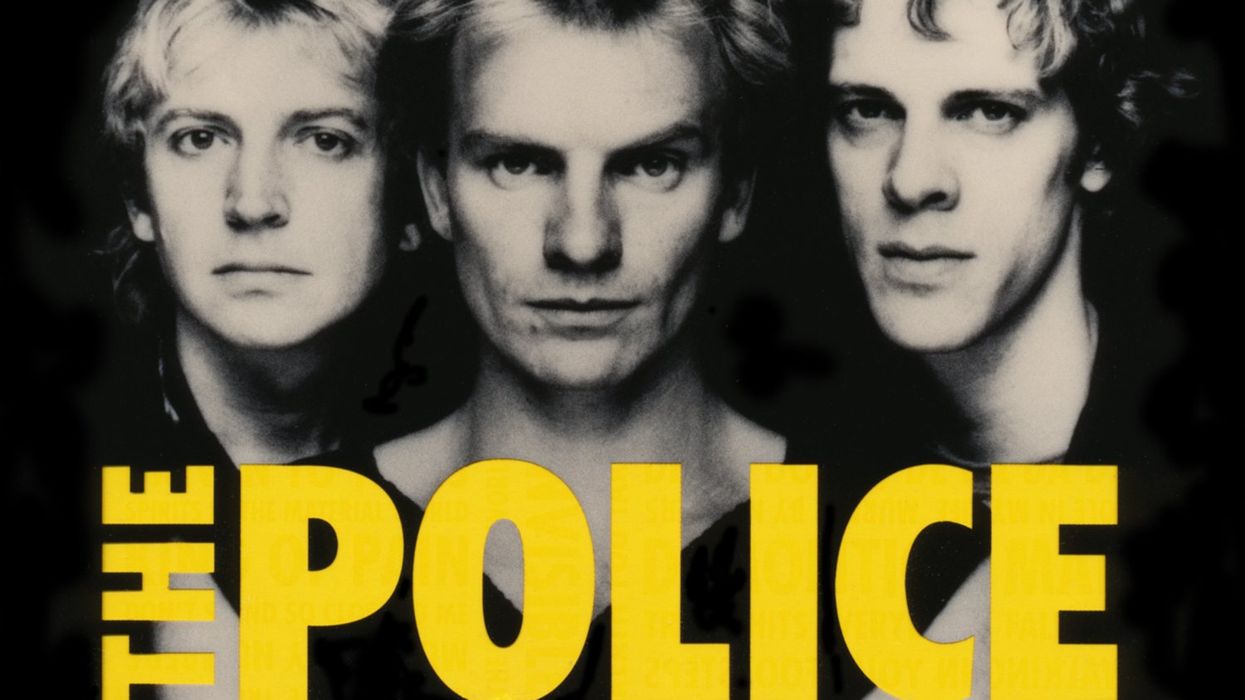
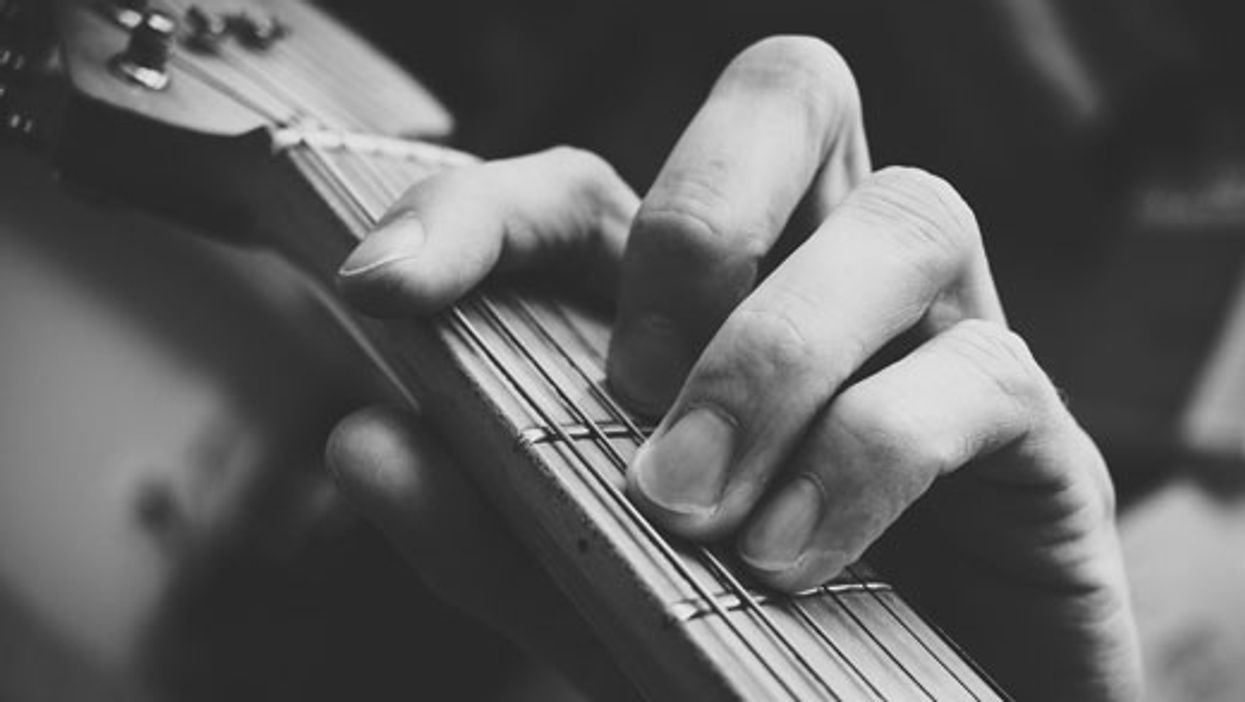
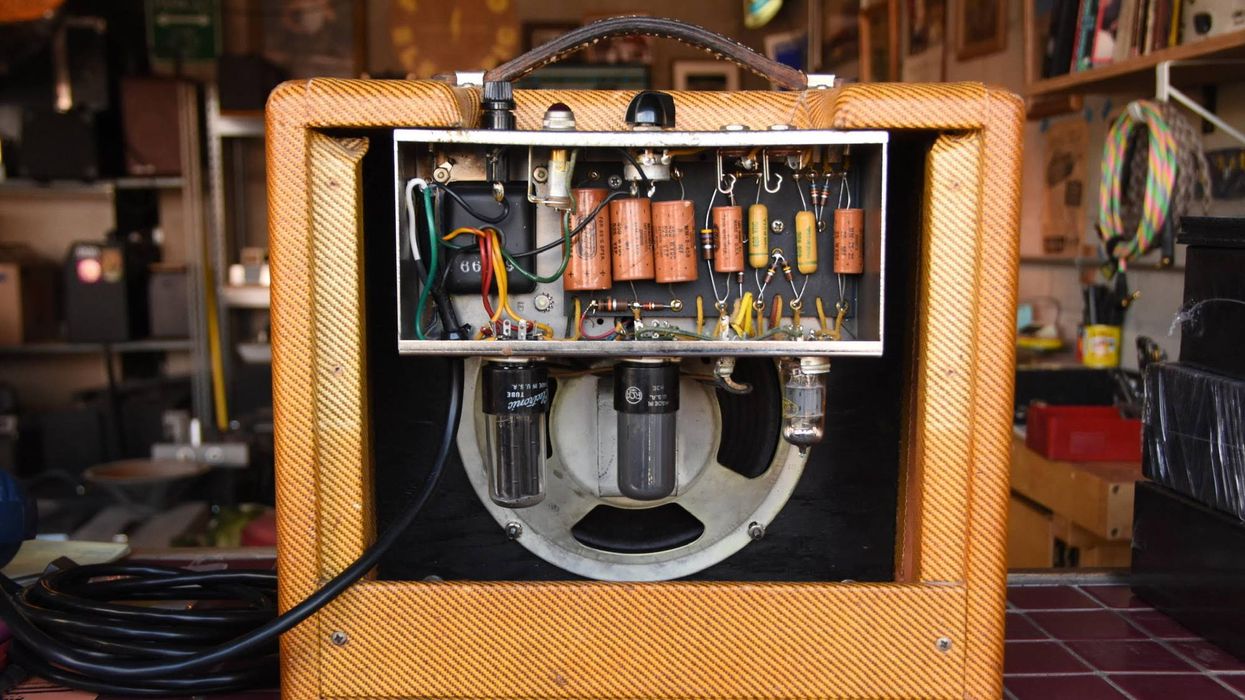

![Rig Rundown: Russian Circles’ Mike Sullivan [2025]](https://www.premierguitar.com/media-library/youtube.jpg?id=62303631&width=1245&height=700&quality=70&coordinates=0%2C0%2C0%2C0)




